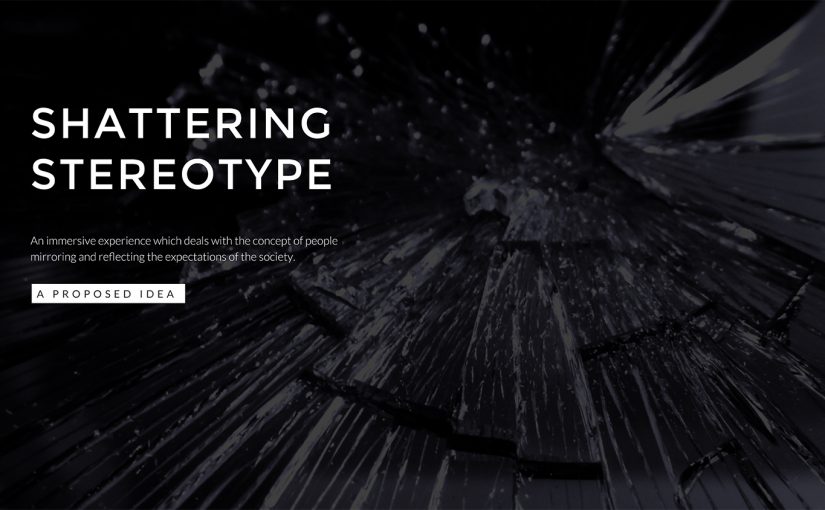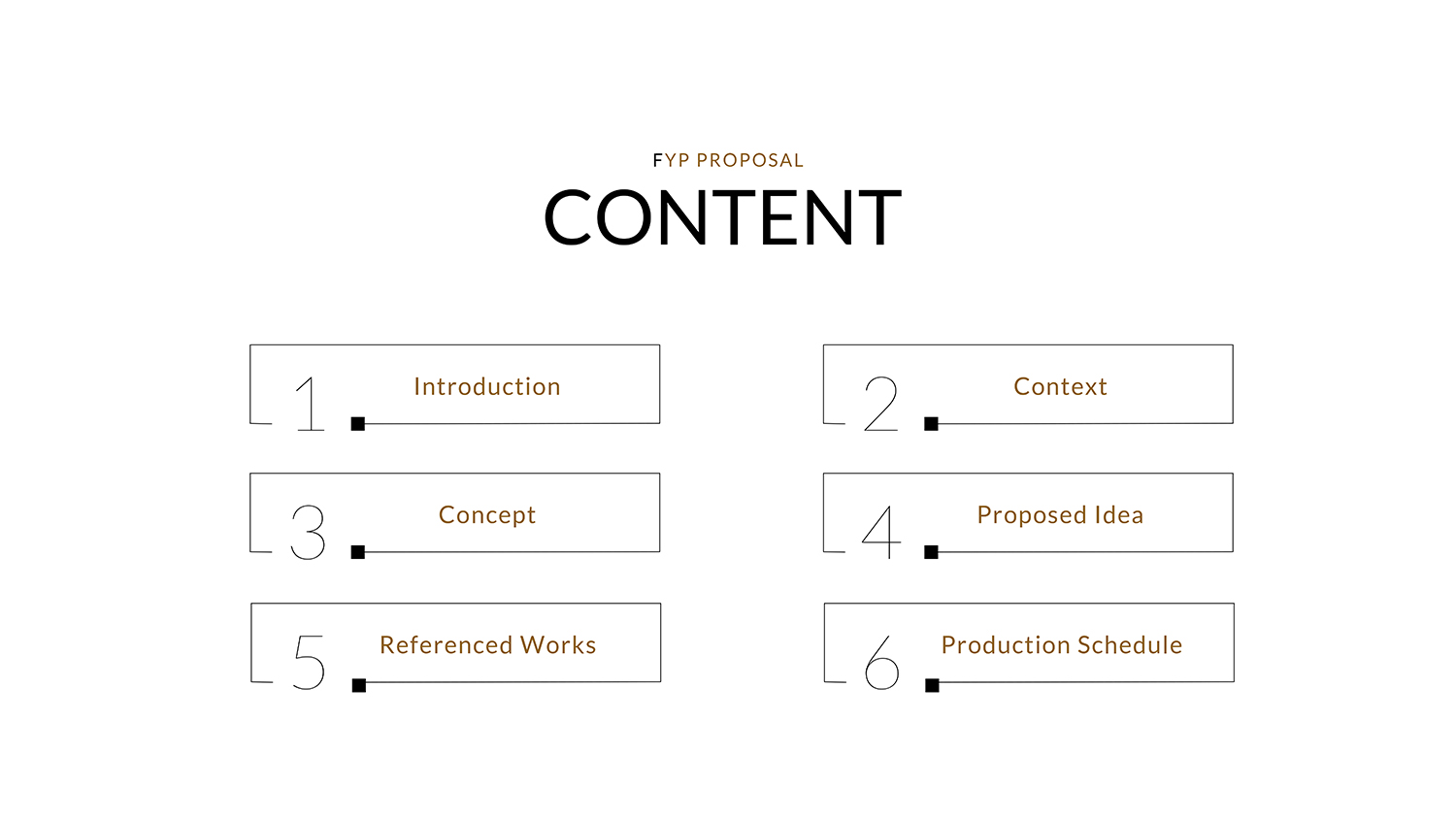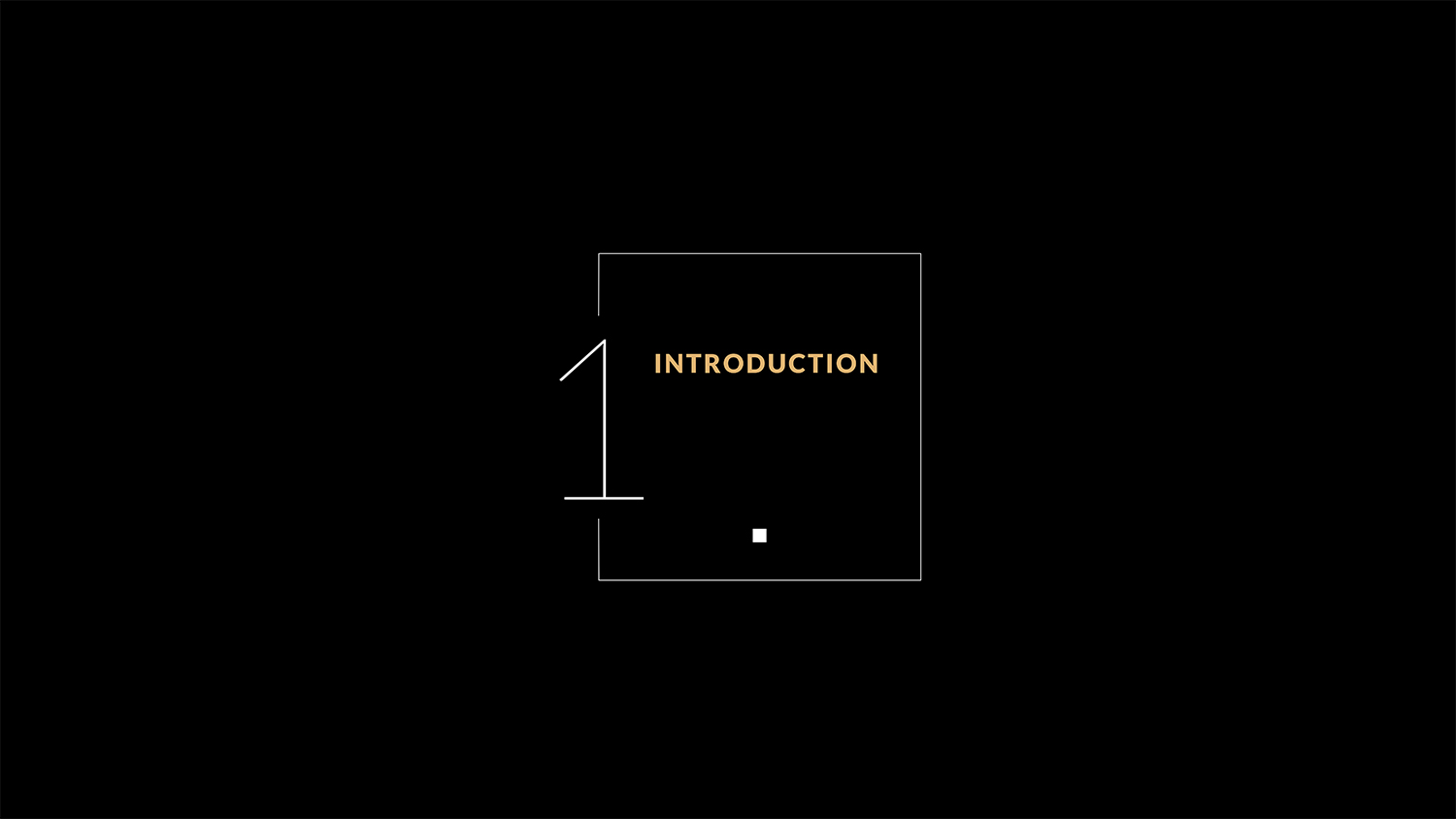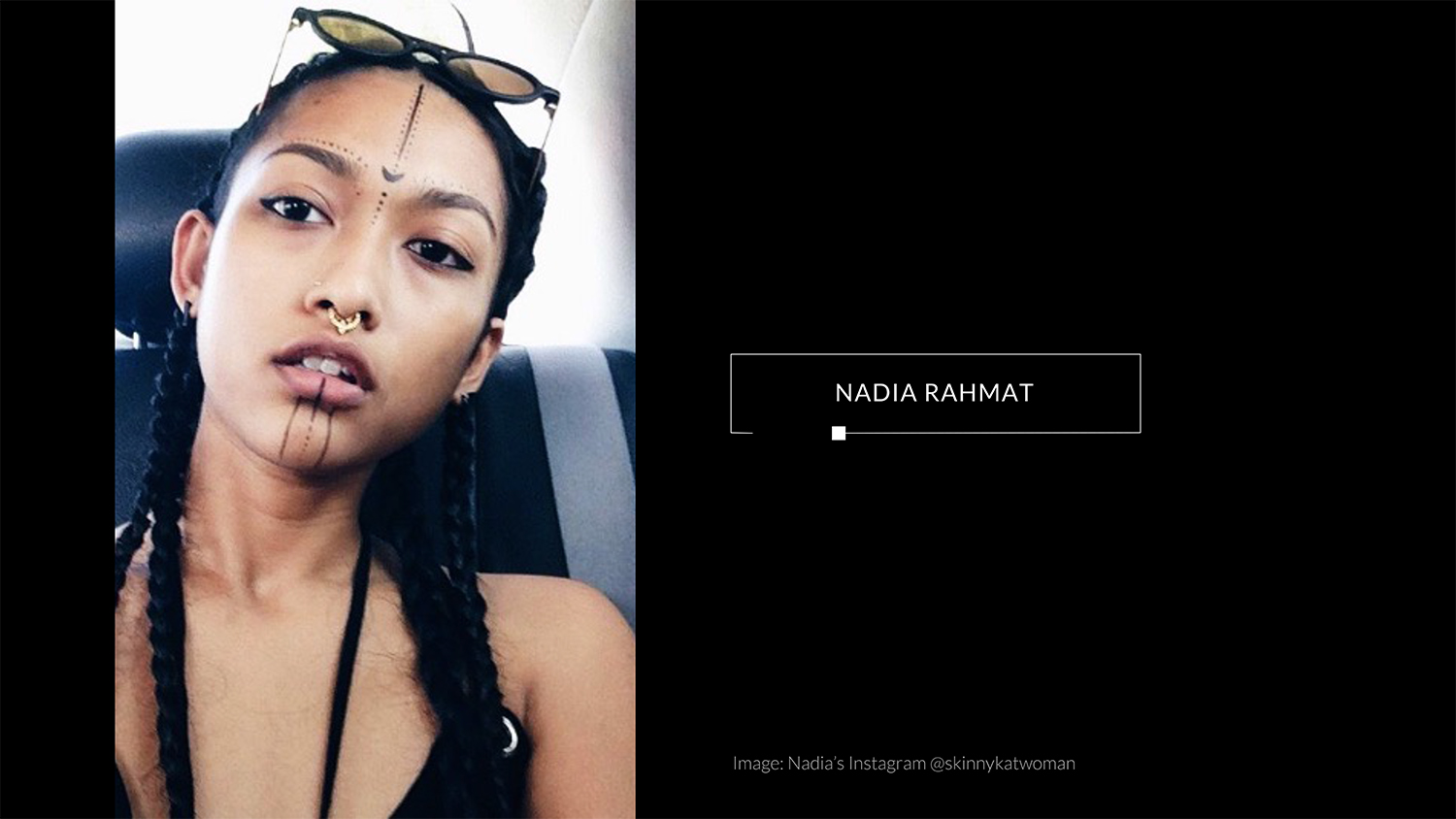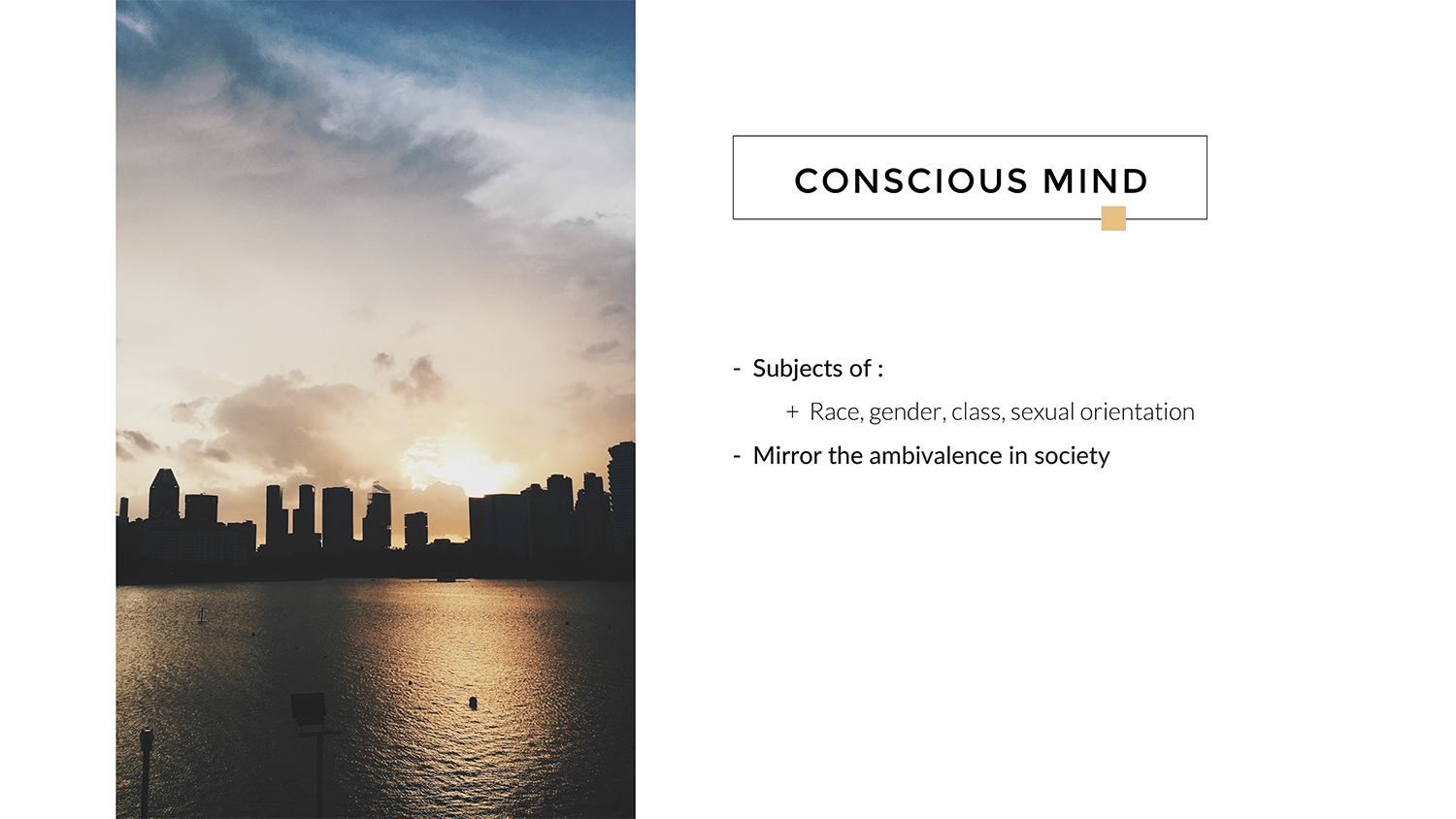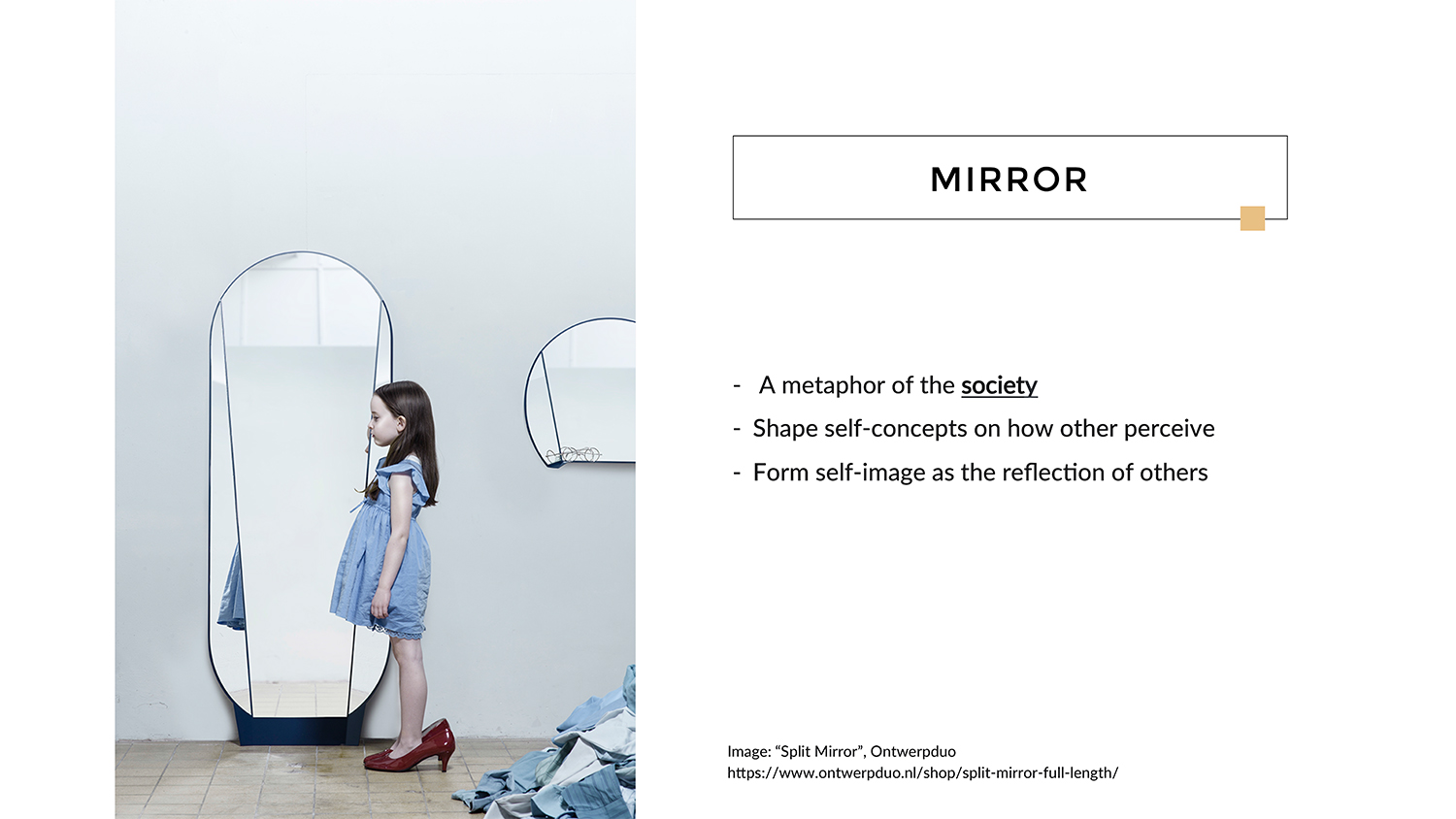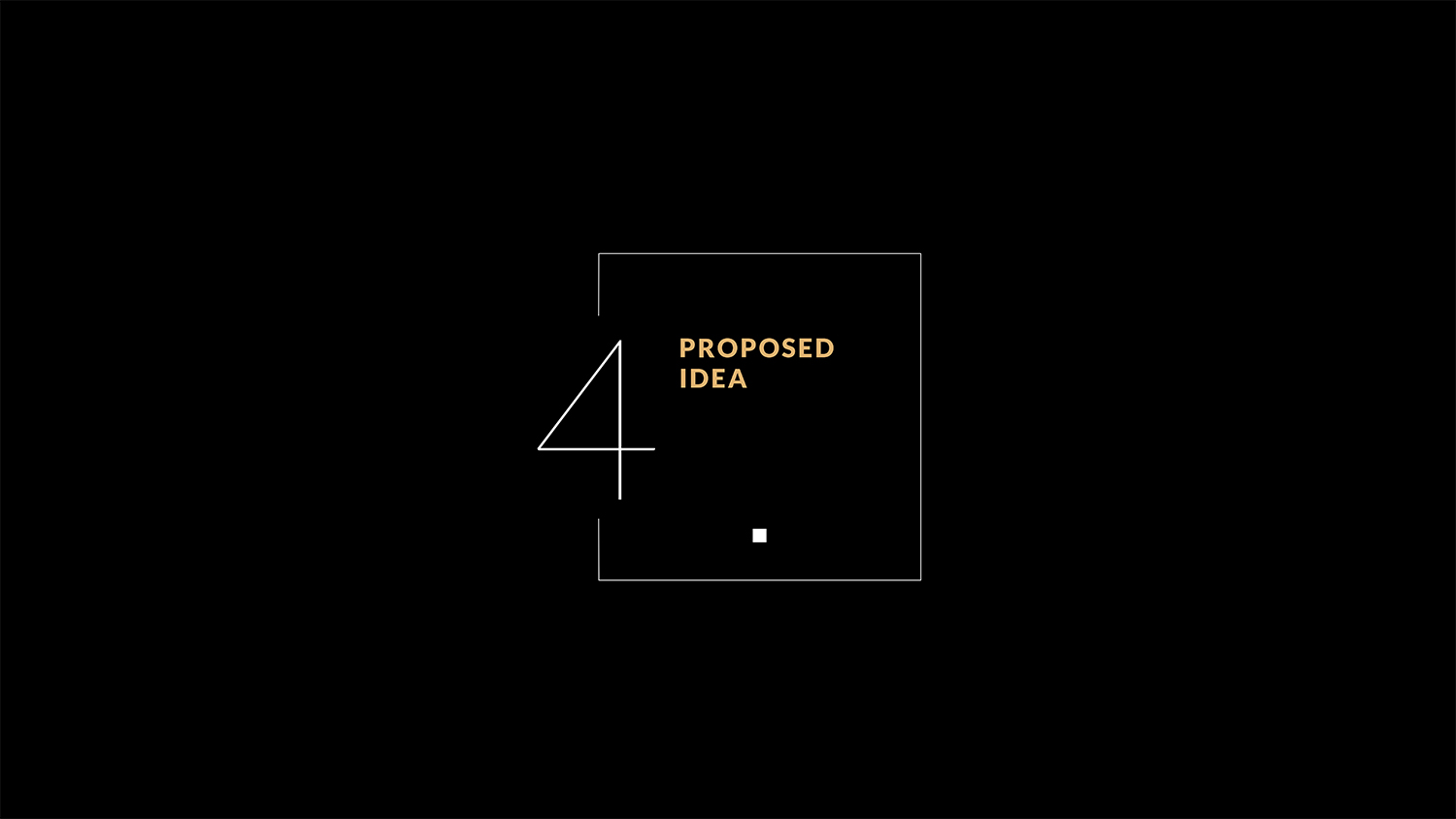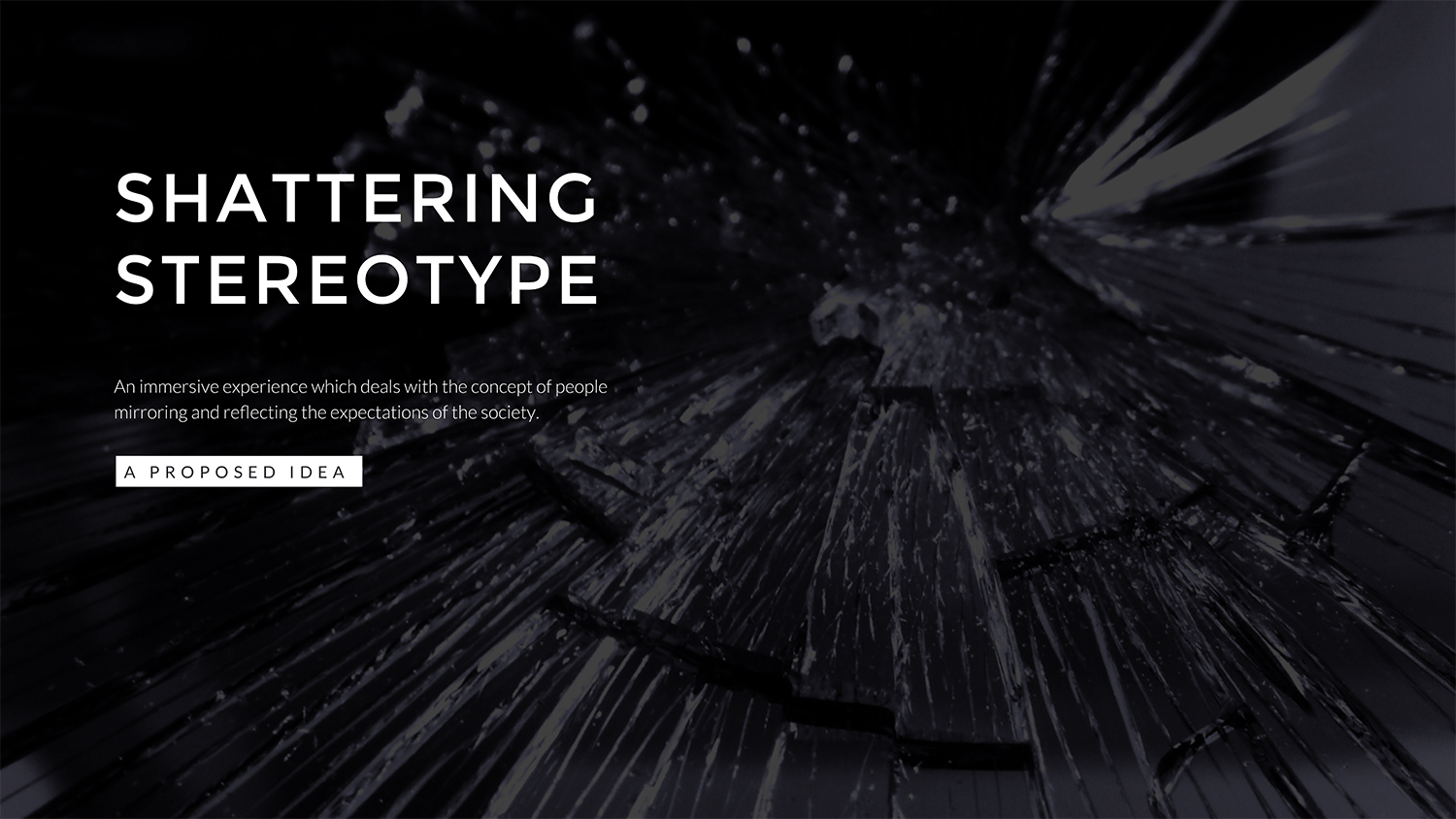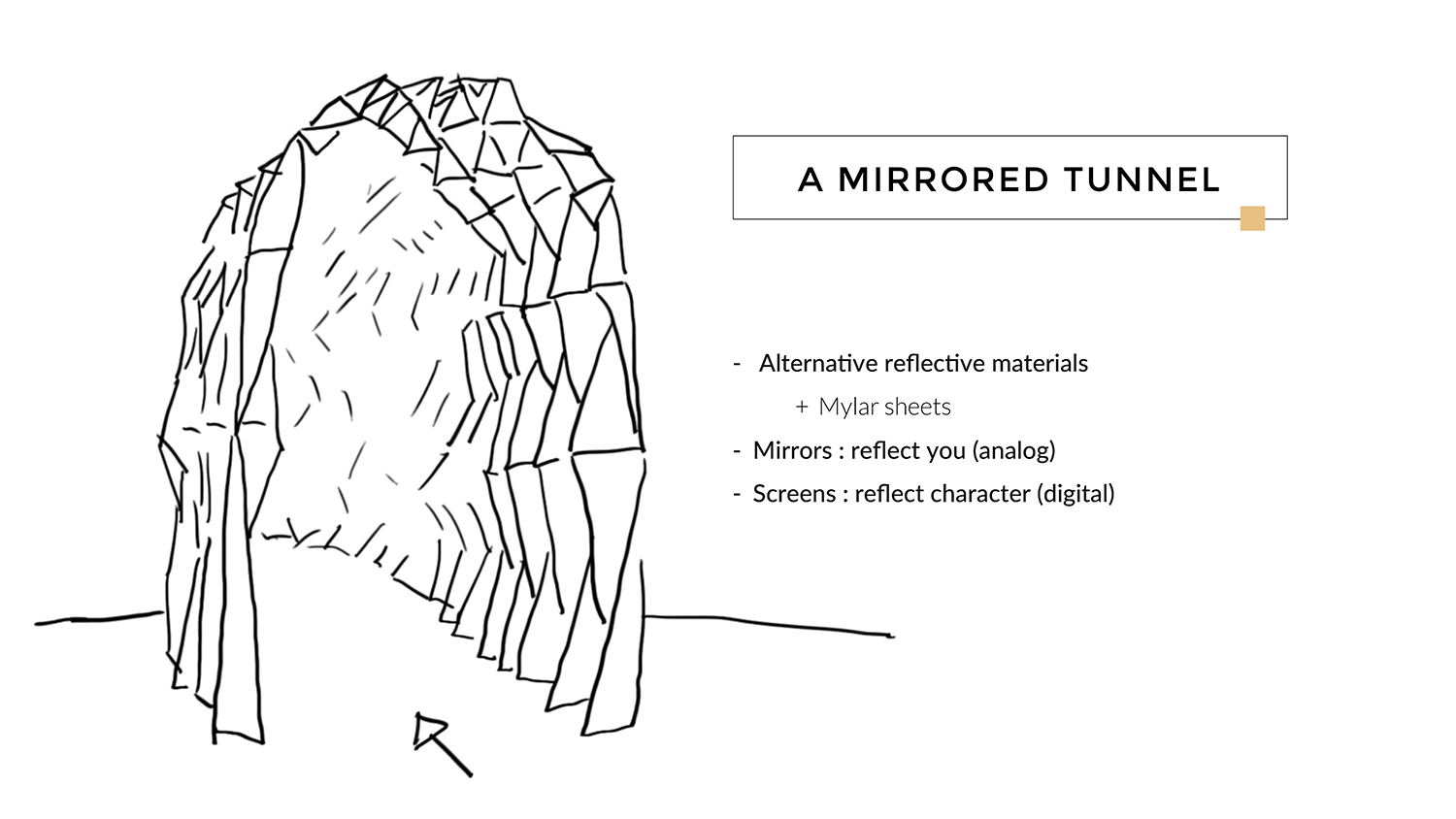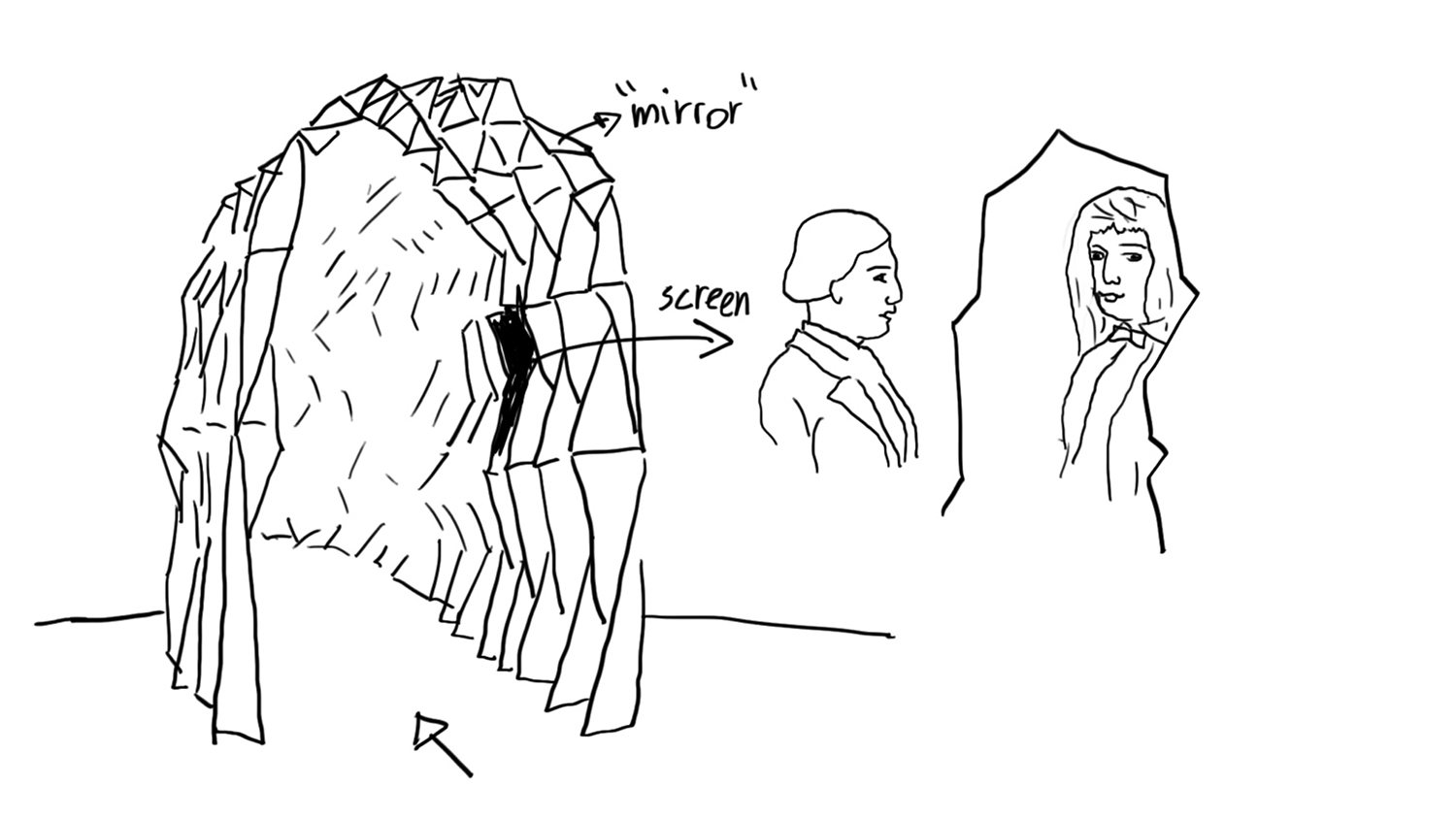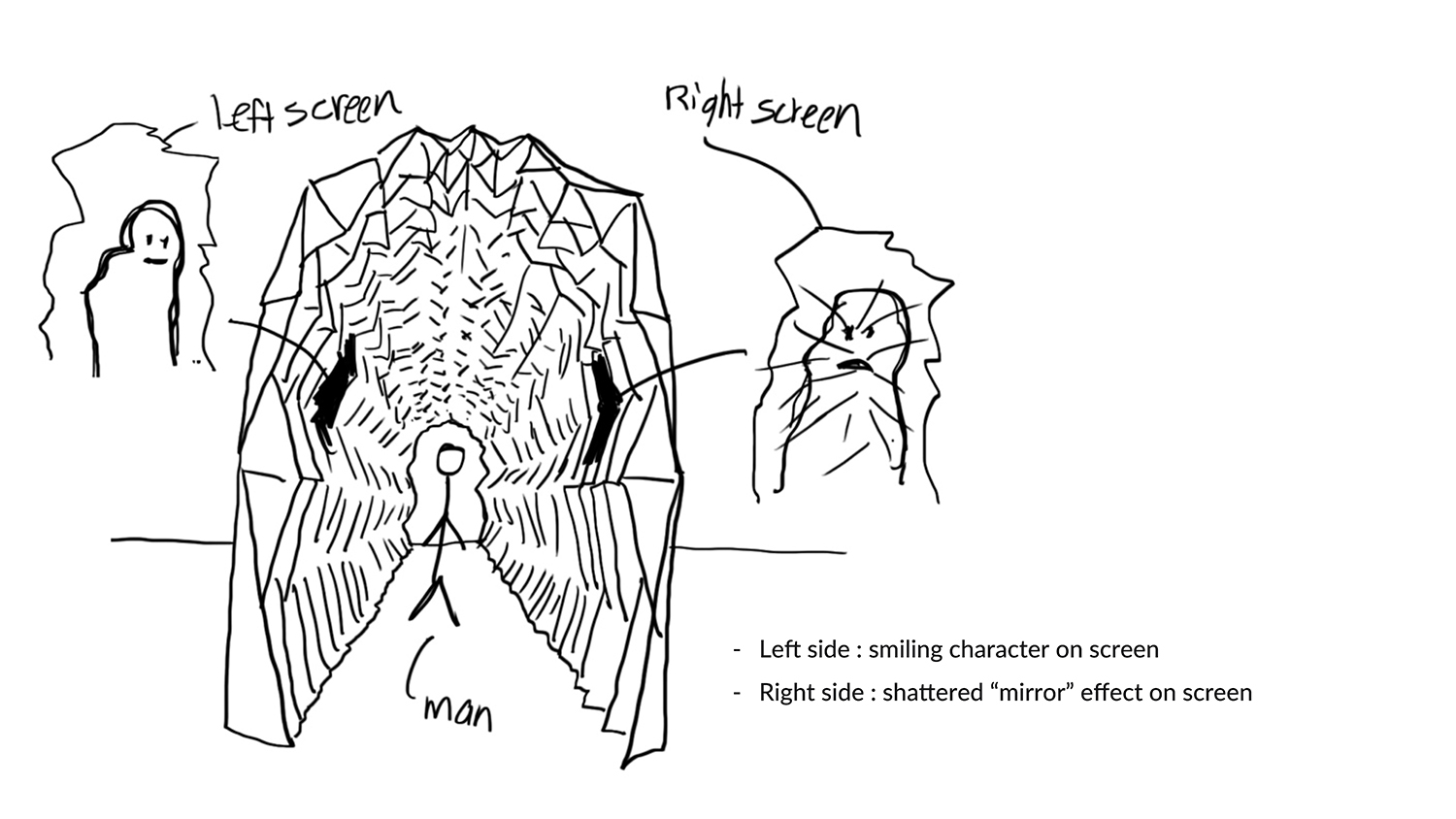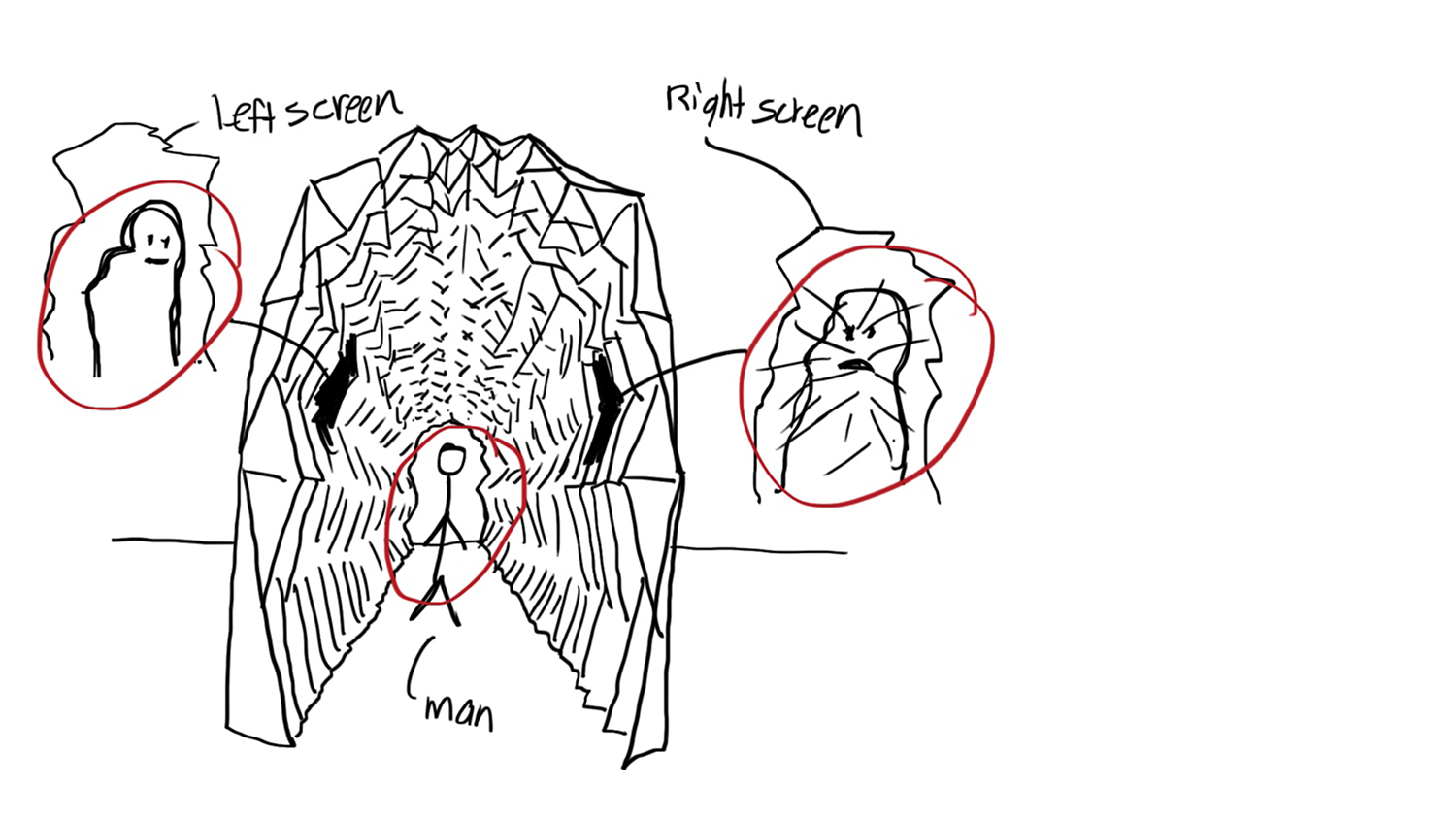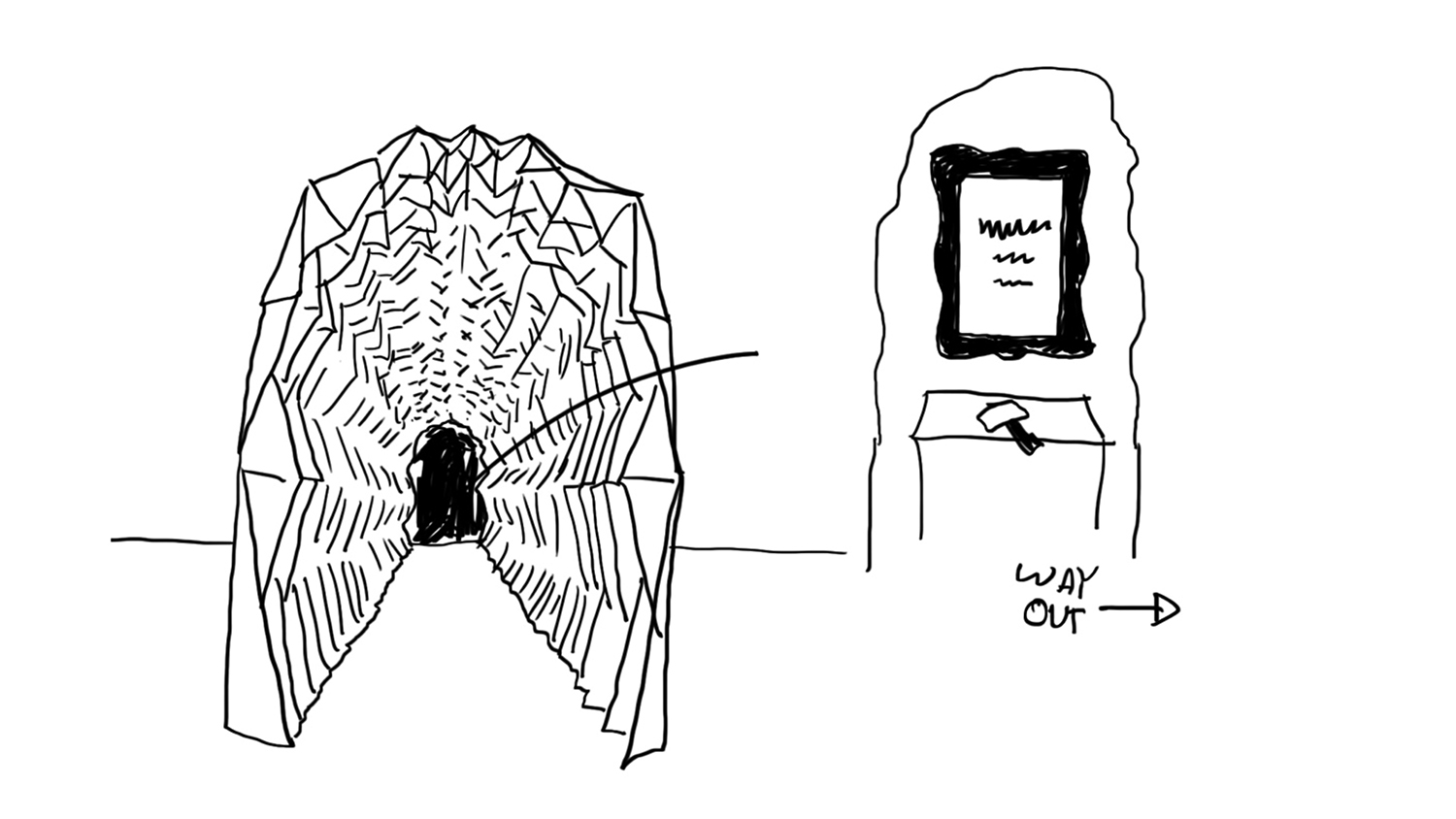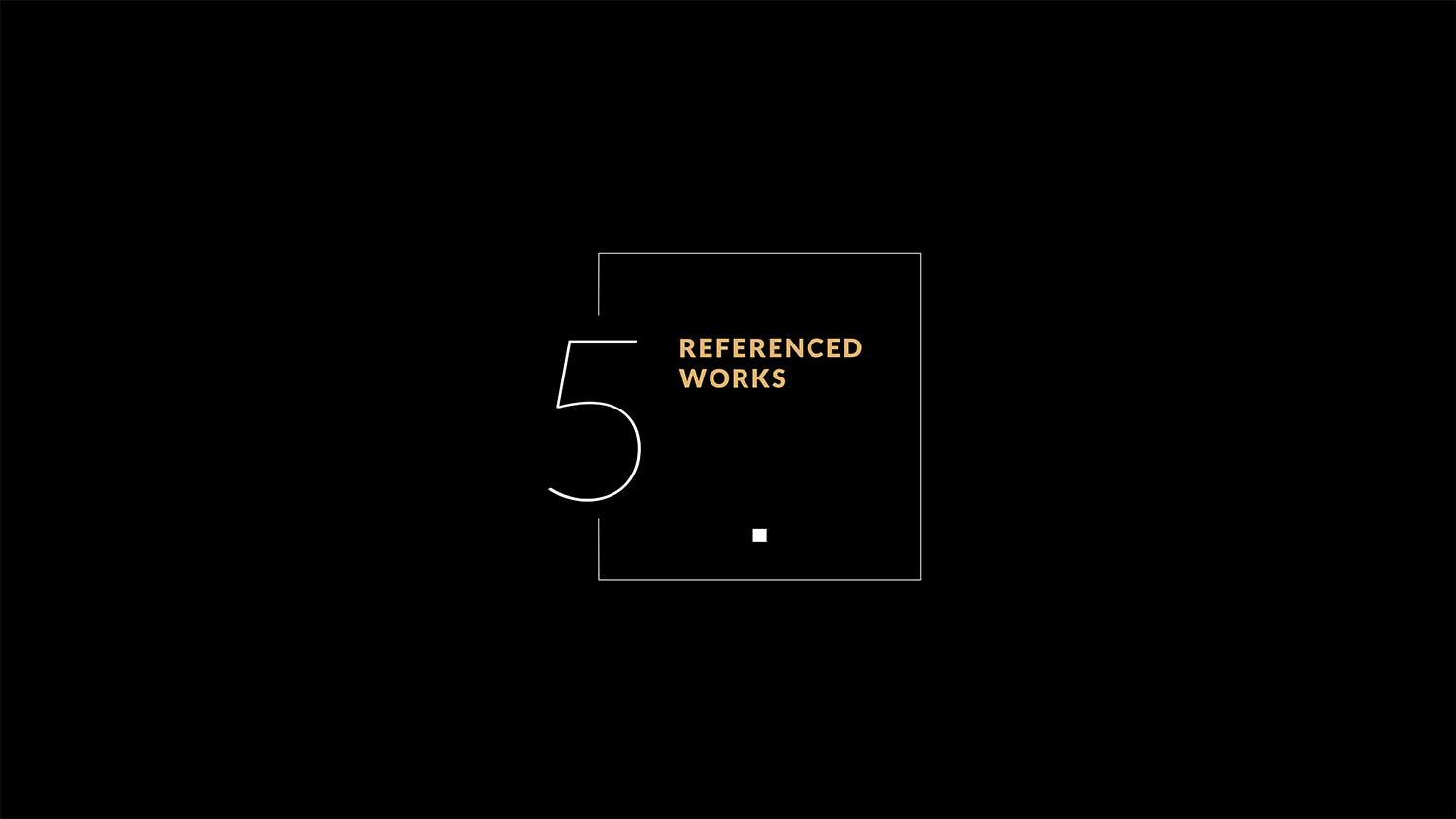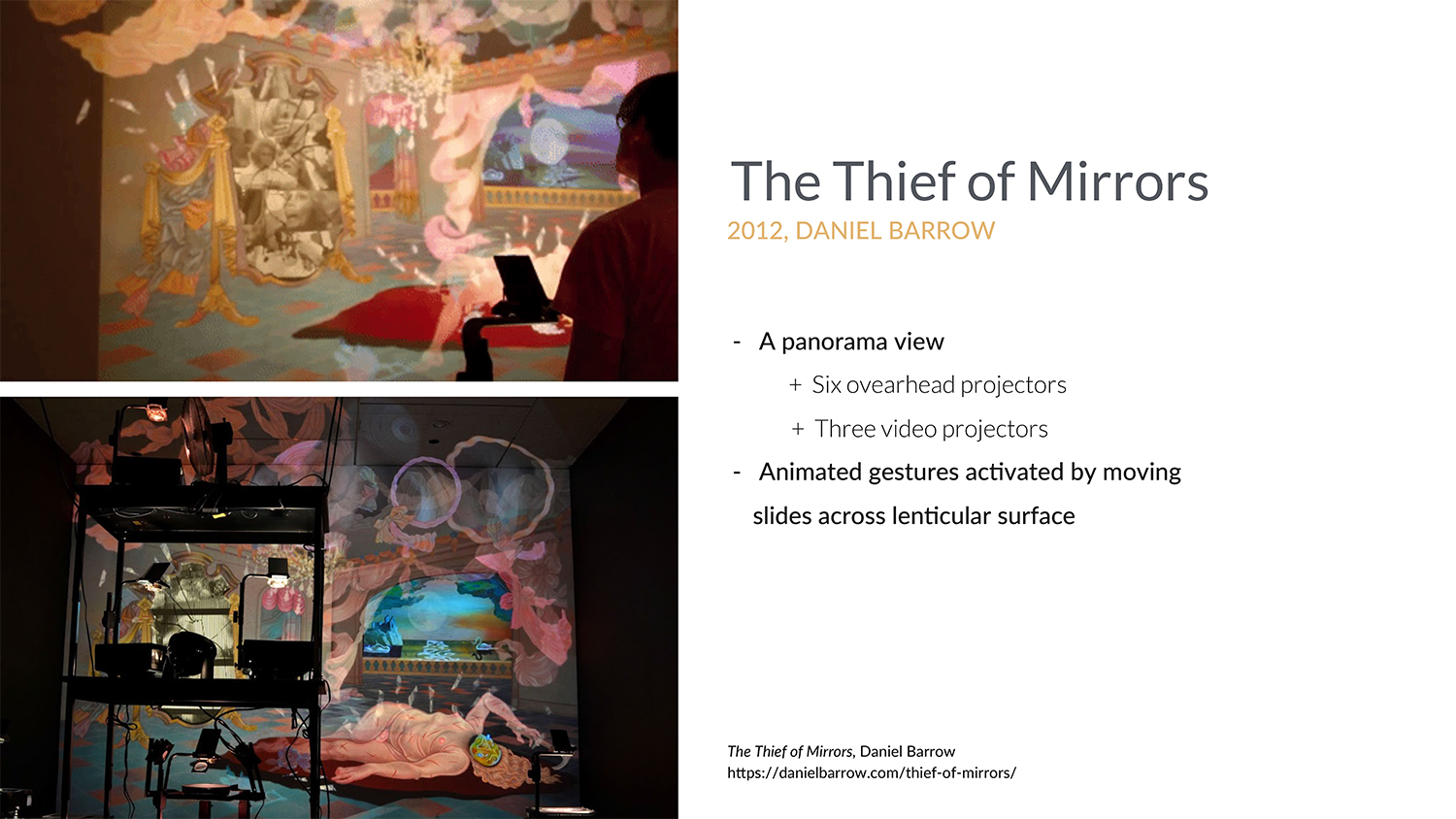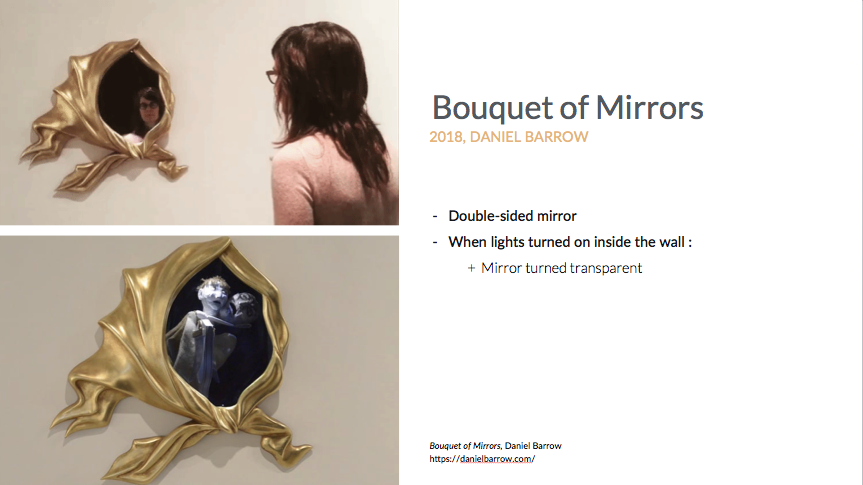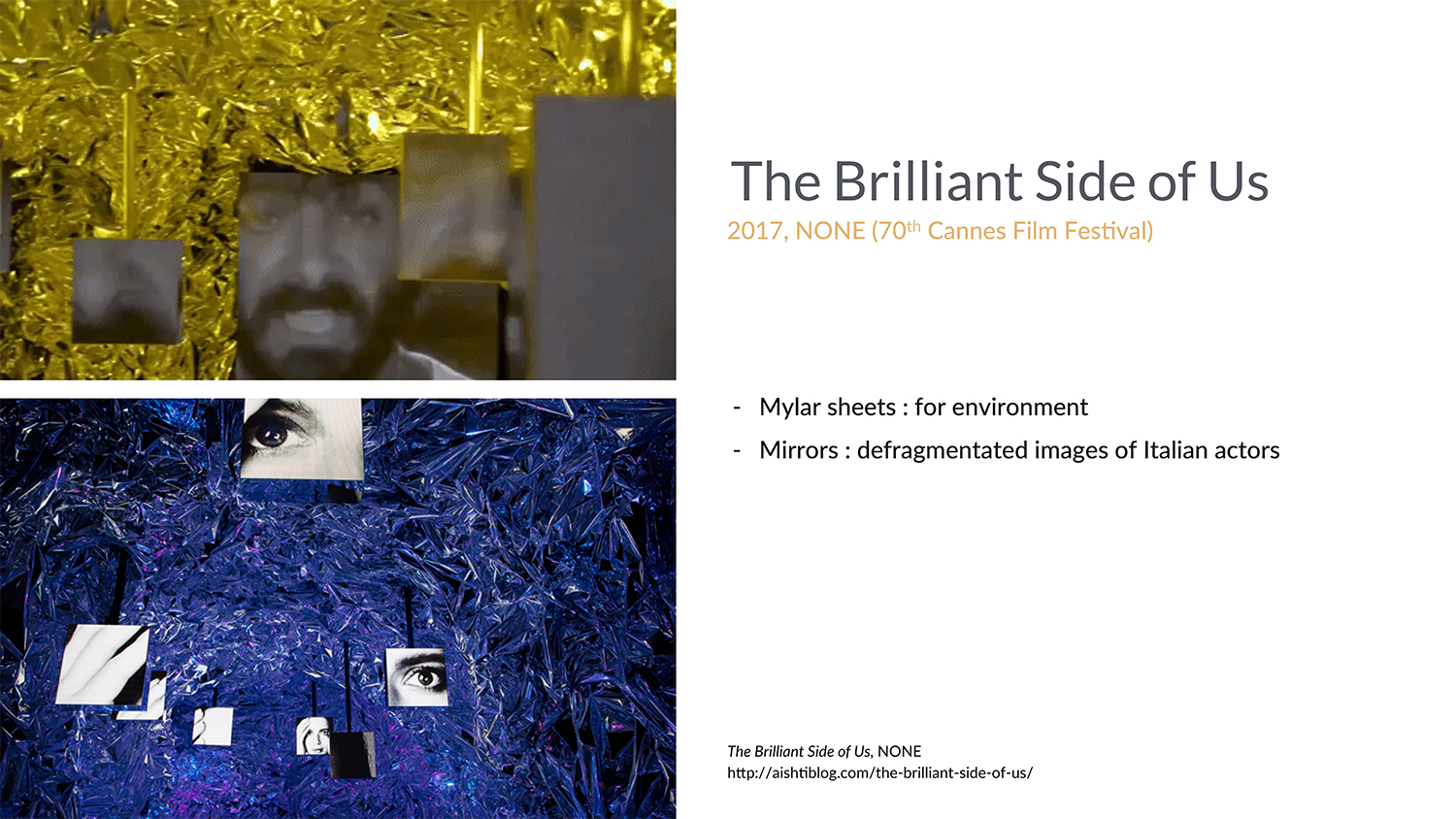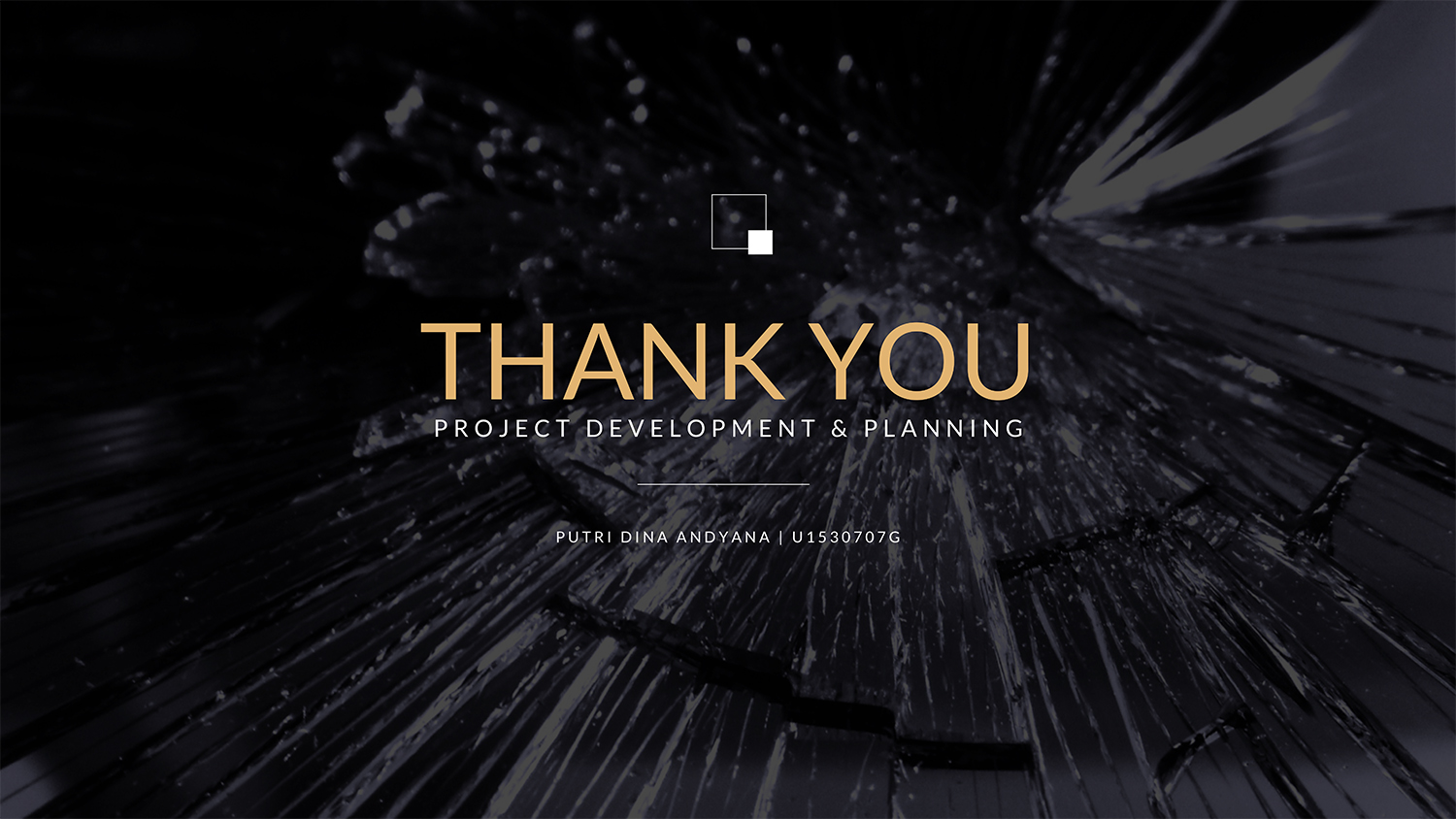Even though we deny it, we could not help but stereotype people based on our observations of that person. We did not even know them yet, we made assumptions about that person. I do admit myself that most of the time, I am like that too.

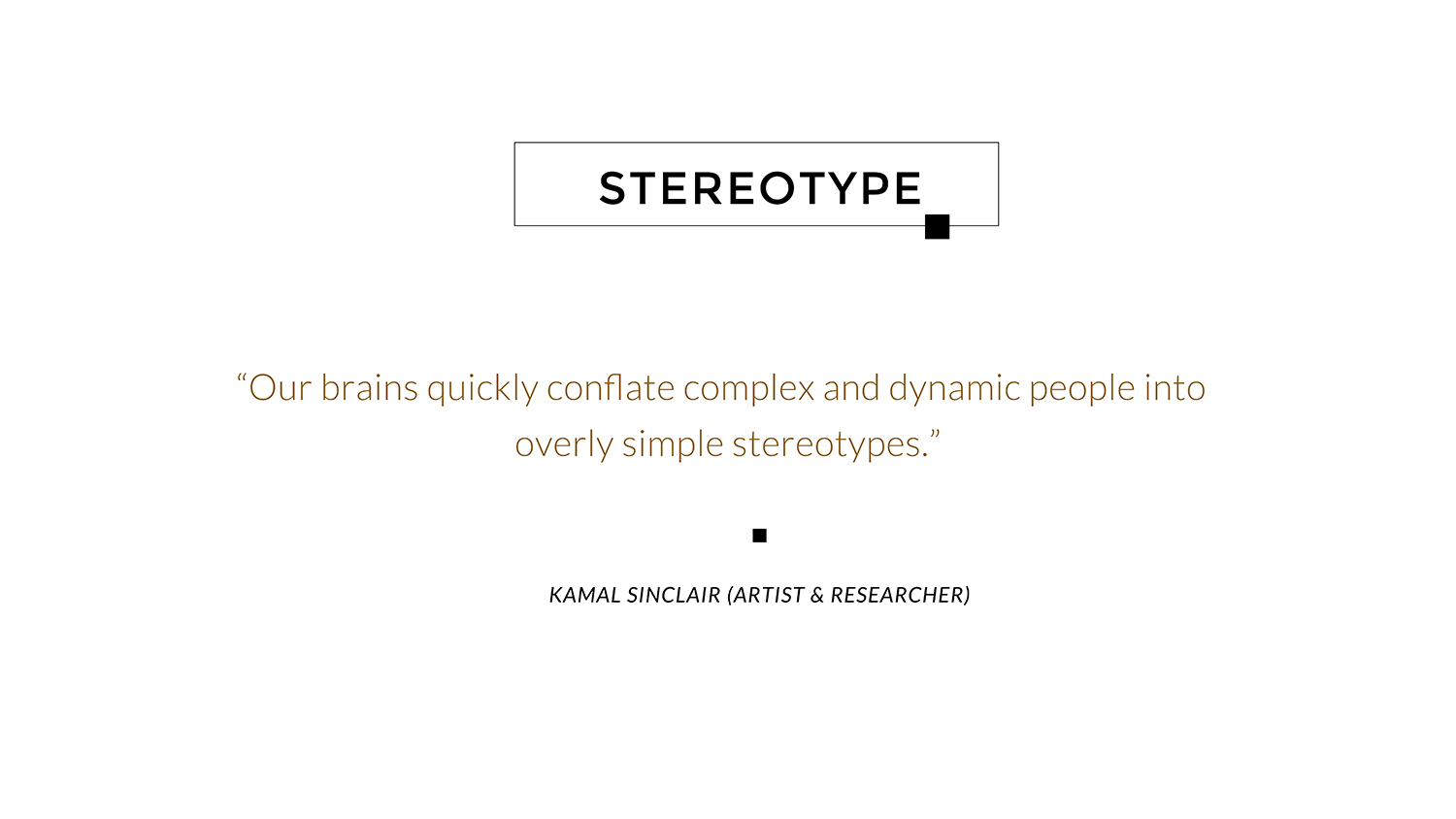 As mentioned by Kamal Sinclair in his Making a New Reality project series, “Our brains quickly conflate complex and dynamic people into overly simple stereotypes.” We tend to simplify things in our mind by directing and placing people into certain groups that we have established ourselves based on their common attributes.
As mentioned by Kamal Sinclair in his Making a New Reality project series, “Our brains quickly conflate complex and dynamic people into overly simple stereotypes.” We tend to simplify things in our mind by directing and placing people into certain groups that we have established ourselves based on their common attributes.
When I flashed images of some individuals in the beginning of the presentation, the only thing that we notice is their appearance. Before they open their mouths our eyes dart from facial features to clothes, as we note their gender and ethnicity amongst other things. Next is their voice, they have a thick Malay accent when speaking English, so we assume their language is not as eloquent as our own, we think they are uneducated. And then we listen to what they are saying and discern what kind of a person they are, whether they are positive, negative, interesting, or funny. Our brains condense all of this information when we first meet someone, to form a picture of them, an identity for them before we even know them.
Identity is a construct of society.
Much of what enters our consciousness, of course, comes from the culture around us. And like the culture, it seems that our minds are split on the subjects of race, gender, class, sexual orientation. We not only mirror the ambivalence we see in society, but also mirror it in precisely the same way.
Stereotype threat refers to situations in which individuals feel they might be judged negatively because of a stereotype. Women, for example, might experience stereotype threat when they complete a mathematics task–a task that some people assume are completed more effectively by men. Stereotype threat has been shown, in many contexts, to compromise performance, evoke anxiety, and deplete effort. The negative stereotypes that accompany our appearance always made us think that we need to change how we look to fit into the society. Especially when our goals and dreams are being restricted due to that.
The negative stereotypes that accompany our appearance always made us think that we need to change how we look to fit into the society. Especially when our goals and dreams are being restricted due to that.
Then I asked myself some questions:
Is it easy to break a rooted stereotype?
What do we have to identify to break the stereotype?
How does stereotyping impact your life?
Therefore, I would like to use a mirror as a metaphor of the society – how the society serves as a ‘mirror’ that reflect images of ourselves.
People shaped their self-concepts based on their understanding of how others perceive them. They also form their self-image as the reflections of the response and evaluations of others in the environment.
Since Singapore has such a diversified community, there a lot of groups and attributes that people tend to classify certain people into. Hence, I would like my project to be a place where people are able to self-reflect and to relate to themselves.
During Interactive 1, I had done a small project called “Rethink Stereotype” where an individual walks up into my “booth” and experience the journey of a stereotyped person from his/her first-point of view. The getaway of this message is really simple: the people you see are not what the seem to be.
So for my FYP, I would like to extend this concept further by putting my audience fully into an immersive experience to get the thought of “Shattering Stereotype” deeply rooted into their heads.
My proposed idea is to create a a journey through a mirrored tunnel. Since mirrors are super expensive, I thought of using alternative reflective materials such as Mylar rolls.
User Flow
Throughout the tunnel, you will see yourself being reflected everywhere. However, some of the mirrors are instead screens which “reflected” not you but someone else, a character who is being stereotyped. This character will follow and imitate the position of your body as if the person in the mirror is you reflecting yourself.
The left side of the tunnel shows the person smiling in the screen, contented and happy by just being himself and not get judged by the society. On the right side, is a similar f character but this time, the “mirror” is shattered with a sad face of the person being forced to change how he look to fit into the society’s expectations.
In this concept, you play a double role: one is you being the stereotyped person as you look at your “reflection” and two, being a representative of the society as you stare at the character in the screen.
There will be several characters along the journey and as you reach the end of the tunnel, a framed mirror made from a Mylar sheet is being displayed facing you. On it is a projection “Don’t mirror the society. Shatter me”, with a mini wooden hammer in front of the mirror.
So when you “smash” the Mylar sheet, it crumples up and a sensor which detects the hammer hitting it will trigger a new sheet to slide down. This final mirror symbolises the end message of the project as you reflect on yourself the next time you stereotype people.
The Thief of Mirrors by Daniel Barrow
The artist creates a panorama, using six overhead projectors and three video projectors. Two of the overhead projectors are interactive, and the animated gestures are activated when the viewer moves slides across a lenticular surface on the overhead projector. It is interesting how he produces layers of visuals by overlapping the projectors and encourages audience to be part of the narrative by placing the slides onto the OHP surface.
Another work of his where he uses mirror as a medium is..
Bouquet of Mirrors (2018) by Daniel Barrow
The mirror is double-sided (a security mirror) so when the puppet theatre lights are turned on inside the wall, the mirror turns into a transparent piece of glass. This creates an interesting live interaction with the audience.
Windowscape by Yoshiharu Tsukamoto
I encountered this exhibition and was inspired by his architectural tunnel. Although this one is a large-scale project, my project is probably suitable for a maximum of two people.
The Brilliant Side of Us (2017) by NONE at the 70th Cannes Film Festival
I was surprised when this work also uses mylar sheets to create the environment. There are also mirrors which display defragmented images of Italian actors.
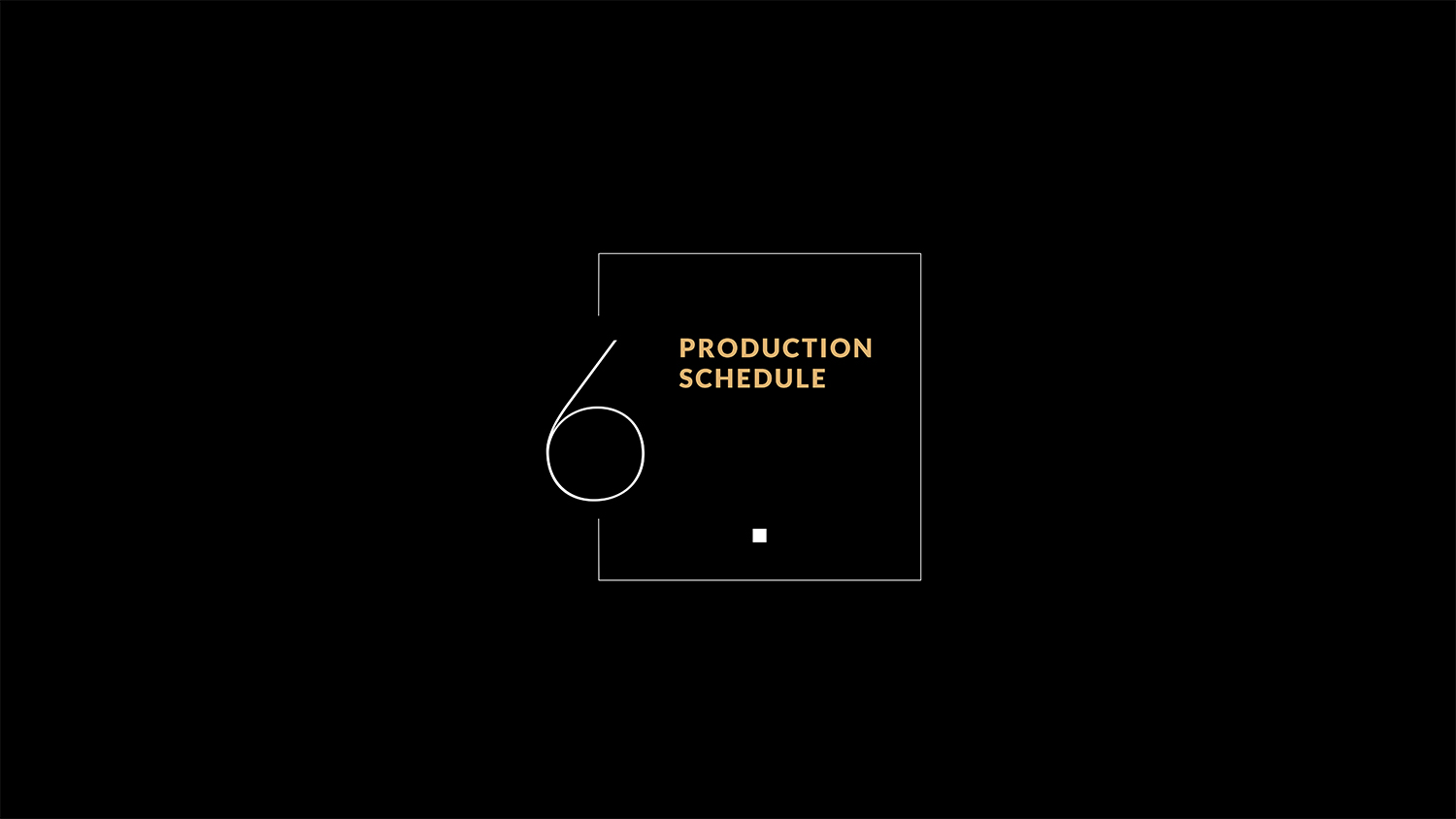
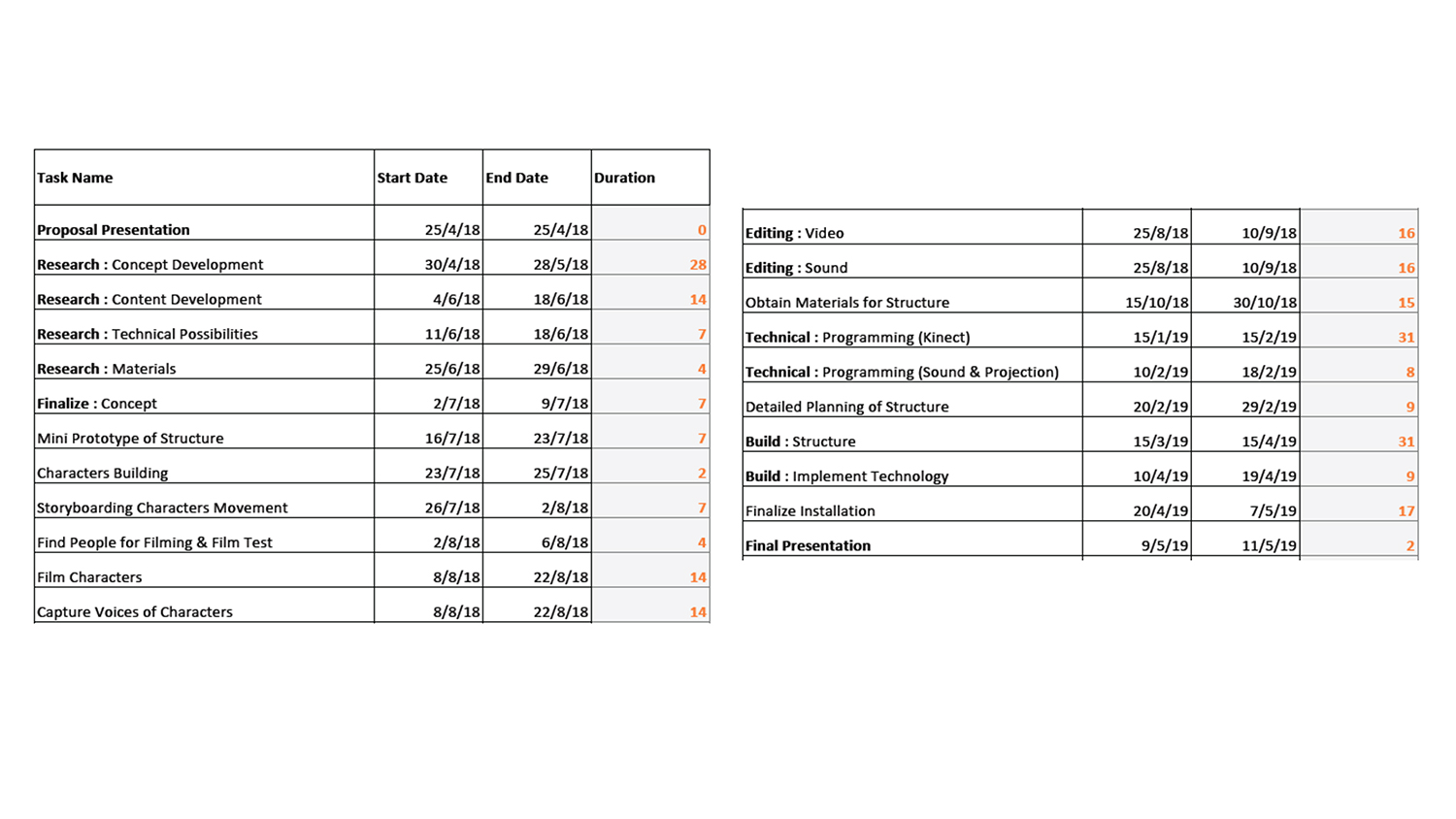 Some highlights that I need to take note of from m production schedule are researching and creating a prototype of the structure first. Then I need to create a storyboard of the characters first, create profiles for them and then finding real people to film them. Getting the right reflective material is also important so I am able to get a nice transition of the “mirror” and the digital screens.
Some highlights that I need to take note of from m production schedule are researching and creating a prototype of the structure first. Then I need to create a storyboard of the characters first, create profiles for them and then finding real people to film them. Getting the right reflective material is also important so I am able to get a nice transition of the “mirror” and the digital screens.
Additional Research
Another referenced work that I did not show during my presentation is by Mona Faisal Al Gurg and Wendy W Fok called “Stereotypical Cultures (2011)”.
The main aim of this project is to provide the visitor to the installation the opportunity to view a still-image which portray one of many interviewed female ‘stereotypes’ and listen to their views of themselves, experiences and backgrounds. When I saw this work, I was also struck with the idea that maybe I can utilise sound into my project as well. Maybe like a ‘head voice’ in the background when an audience encounters a figure along the tunnel, to depict the idea of being inside the mind of the stereotyped as well.
Feedbacks
– Include an opportunity for audience to also self-reflect when they are experiencing the whole “journey” in the tunnel.
– Why not the bad side on the left and the good side on the right?
– Look into the common stereotyped people in Singapore itself.
– Talk or interview Singaporeans about their experiences of being stereotyped and include them into the characters of the installation as stories. This way, audience are able to relate with the artwork.
